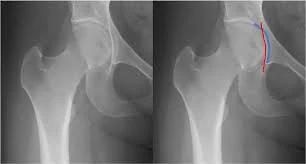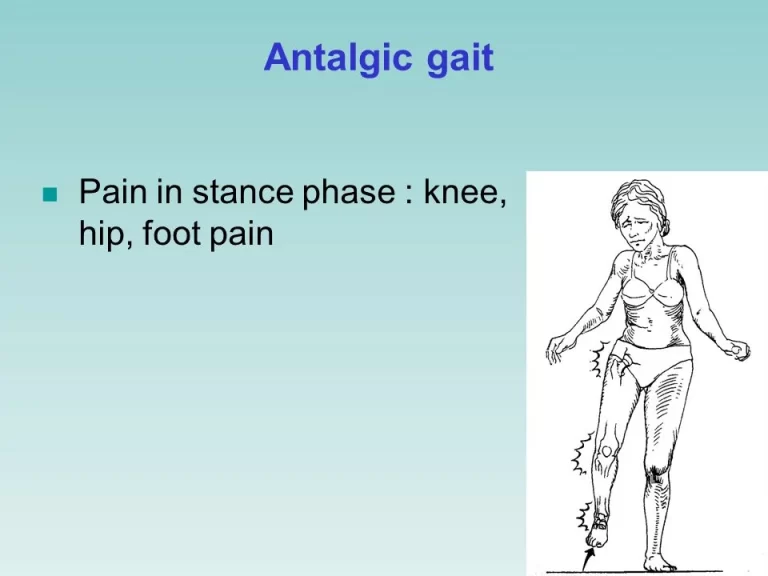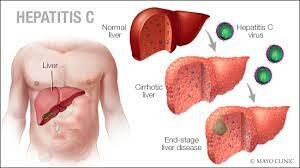Coxa Profunda
Coxa profunda refers to a medical condition involving the hip joint. Specifically, it is a term used to describe an abnormal increase in the depth of the acetabulum, which is the socket of the hip joint that articulates with the femoral head (the “ball” part of the hip joint).
In a normal hip joint, the acetabulum is shallow and provides a snug fit for the femoral head. However, in coxa profunda, the acetabulum becomes deeper, which can lead to changes in the mechanics of the hip joint. This condition is often seen in association with other hip conditions, such as hip dysplasia or femoroacetabular impingement (FAI).
- Coxa profunda refers to a cavernous acetabular socket (i.e. increased acetabular depth).
Table of Contents
Epidemiology
- Coxa profunda is much more usual in females.
Causes
- Over time, a pyncer-type lesion develops, because of acetabular overcoverage, with consequent lesion of the acetabular labrum or subsequently acetabular cartilage. It is consequently one of the because of hip osteoarthritis (OA) in the youthful adult, with great limitation of mobility of the hip joint & pain.
Symptoms
Coxa profunda can cause
- hip pain
- limited range of motion
- in some cases, hip labral tears or cartilage damage due to altered joint mechanics.
Radiographic features
- Plain radiograph
- On anteroposterior (AP) view pelvis x-rays it is seen as the lateral border of the acetabular teardrop being in line with or medial to the ilioischial line 4.
Differential diagnosis
- Coxa profunda should be differentiated from protrusion acetabuli, where the femoral head is looked moreover medial to the ilioischial line 4.
Related pathology
- Coxa profunda is a non-specific finding and has before been implicated in pincer-type femoroacetabular impingement, yet is just as likely to be looked at in asymptomatic patients.
Treatment
Treatment for coxa profunda may involve conservative approaches like physical therapy and pain management, but in severe cases or when associated with other hip issues, surgical intervention might be necessary.
- Surgical hip dislocation same as a successful surgical technique to address some hip pathology, involving coxa profunda. Concomitant pathology like Femoroacetabular impingement syndrome (FAIS) or labral tears or degeneration or ossification can be simultaneously addressed.
- As with any medical concern, it’s essential to consult a qualified healthcare professional for an accurate diagnosis and appropriate management plan tailored to the individual’s specific condition.
FAQs
In conclusion, surgical hip dislocation same an effective surgical technique to address certain hip pathology, involving coxa profunda.
Coxa profunda was apparent in 75% of the thirty-three (33) asymptomatic hips recognized in 65% of the fifty (50) hips along with femoroacetabular collision. Coxa profunda was more usual in females than males (70% compared with 24%; p < 0.001).
Over time, a pincer-type lesion develops, because of acetabular over coverage, along with consequent lesion of the acetabular labrum & subsequently acetabular cartilage.
The clinical picture can involve dramatic pain from the contused, inflamed, and cystic labrum. This is in contrast to that of patients with cam-type Femoroacetabular impingement syndrome (FAIS), in which the labrum is not included in the early stages of impingement.







